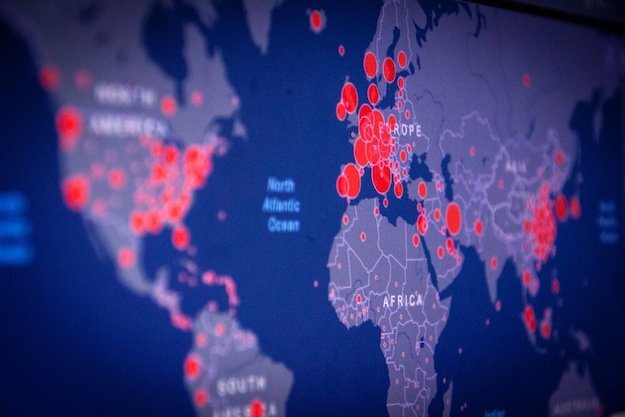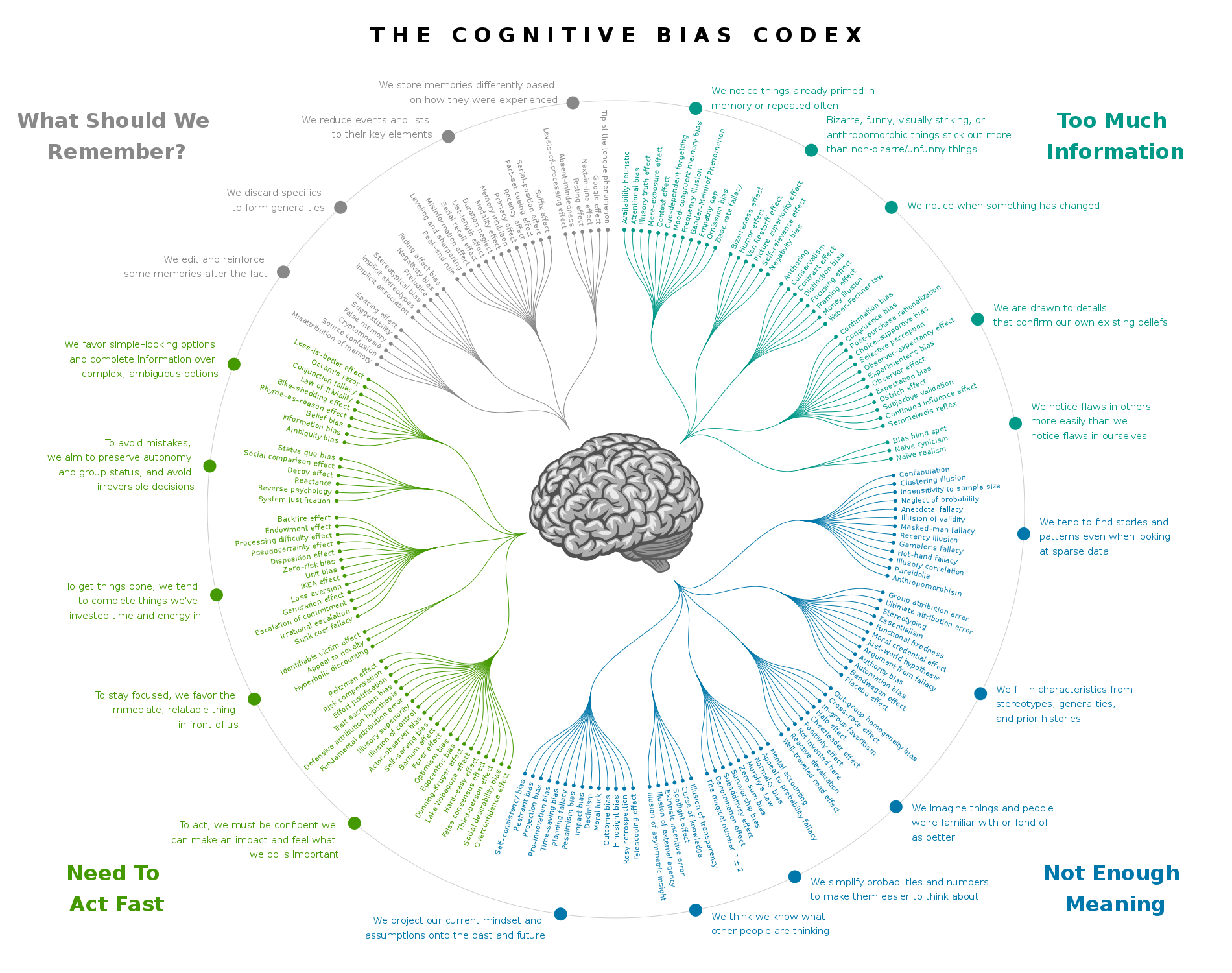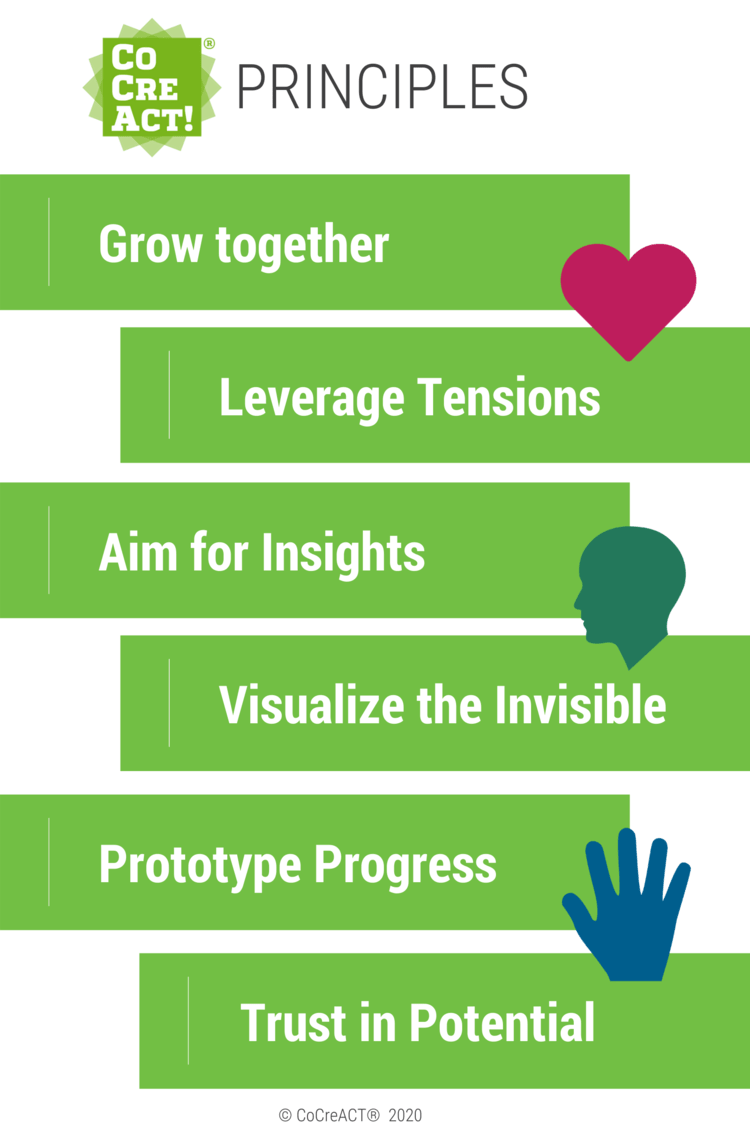Navigating Ambiguity (2/6): Leverage Tensions
Welcome to the second of a six-part series on our approach to navigating ambiguity based on six principles. We already wrote about Grow Together, this week’s post focuses on Leverage Tensions.
Ambiguity reveals tensions
We all find harmony comfortable and don’t intentionally seek out tensions. Why? Because they usually mean conflict, dissonance, and uneasiness.
We define ambiguity as the uncertainty of possibilities. This uncertainty creates tension. Ambiguity isn't always a choice, and sometimes the resulting tensions can't be released for a very long time. The corona crisis is THE big example currently. But also beyond COVID, no matter where you work or live, it’s impossible to ignore the rising tensions. Here are just a few familiar examples:
Globalization changes our world. Being more and more connected globally affects our lives as we are exposed to ever more information and perspectives. Globalization breeds diversity. Diversity triggers our fear of the unknown. New cultures, new influences, and diverse points of view enter our daily lives and force us to question what we take for granted. Digitalization triggers disruption. Enterprises big and small are being forced to rethink their business models and scramble to keep up with the pace of technology. The expected and unexpected possibilities offered through digital are causing massive changes that have an impact across vast global networks and small, local systems.
These factors, and so many more, are contributing to a rising tidal wave of ambiguity that is sweeping through our lives. Some of us love new influences and the unfamiliar. We are absolutely delighted, inspired, motivated! But most of us? Not so much. We are troubled by uncertainty and find ourselves clinging even more to what we know. Although we don’t KNOW where the future might take us, we all have a choice about whether we want to be part of creating a new world. How exciting! And, yes, how overwhelming.
What usually comes in to play when we encounter new, unexpected, or uncommon experiences? Our good old buddy, bias. There are so many types of cognitive biases it is easy to see how we might get led astray…
Oh look, it’s our dear frenemy confirmation bias! This one makes us look for information that supports our beliefs. It feels so cozy to focus on what we like, but in ambiguity, we may not find much of that. Information is rare, confusing, or unreliable. It is our responsibility to make sense of it. We need to put forth more effort to resolve all the tensions that come with ambiguity. How do we try to cheat ourselves out of this uncomfortable situation? Bias. Polarization. Picking a side to which we belong makes things so much easier. Judging takes less effort than understanding.
How can we approach tension in a constructive way, instead of cheating and trying to shift focus to what makes us comfortable?
Step 1: Reframe tension
First of all, let’s start by reframing our understanding of tensions. Why does it have to be negative? No, really, not every conflict ends in a fight. Many of us grew up thinking that disagreements cause fights and fights need to be won. The truth is, disagreements can just as easily generate compassionate conversations and meaningful connections. A thoughtful, honest disagreement can actually bring us closer together and foster better understanding and a stronger relationship.
If you are prepared to accept the idea that tensions are not per se negative, then let’s take the next step: How about looking at tension as food for thought, i.e. nourishment for new ways of thinking? We can use dissonance as inspiration and diversity as a source of creative potential. In fact, contradicting information and diverse points of view are valuable inputs in ambiguity because they foster a deeper understanding and help us make sense of uncertainty.
Step 2: Leverage tensions
Once you have reframed your understanding of tension, use it! We recommend the dream team: Curiosity and empathy.
Have you ever been in a conflict? Probably so.
Have you ever approached a conflict with curiosity? If not, we highly recommend it.
It can be exciting and has the potential to take all the negative emotions out of a disagreement. In our team, we have often made progress during a heated discussion by shifting from “I don’t agree with that” into “Let’s leverage the tension here… what’s going on?” This simple pivot transforms tension into a shared discovery. It doesn’t mean that it is always easy (obviously!) but it does mean that we know how to create common ground and be patient with each other.
Once we are in this curious mode it becomes much easier to build empathy. We are able to listen to each other’s perspective, to uncover new information, and to grow together. The most important thing in our experience: when we reach alignment we find that it was not one side that was right or better than the other. Instead, there was a better solution, unexpected and beyond our individual thinking, that we were only able to see when we waded through the discomfort with respect for each other. We are no longer satisfied with merely resolving the tension because we have learned that the tensions are bright shining beacons that signal new opportunities. Notice the signals and you are on your way to finding new possibilities.
The tension of the day
We started our CoCreACT® journey into ambiguity because dealing with tensions plays a big part in our work life. A number of years ago, Tamara was invited to give a talk to HR leaders about the challenges that emerge when organizations try to innovate. These bold changes produce what she calls “tensions of transformation” and lead many leaders to believe “Disruption is F#%@ing Hard!” Every change in an organization, agile transformation, or innovation is a journey through ambiguity. The new and necessary expertise is to facilitate that in a co-creative way.
Ready to put this all into action?
Before you run out and start creating conflicts…. How about a simple step? One easy way to practice is to pick your “tension of the day”! Just notice one irritation each day and decide to approach it with curiosity, believing that you can actually use it as inspiration and/or creative discovery. (Thanks to our friend Dörte who got this practical idea during one of our virtual CoCreACT® sessions!)
Leveraging tensions is a learning journey with a deep value for navigating ambiguity.
Just start with curiosity!
If you’ve missed last week’s introduction about our principles to navigate ambiguity, please continue reading...
Why principles to navigate ambiguity?
CoCreACT® Principles
Now more than ever we need to adopt new ways of being. We need to find simple and powerful approaches to ambiguity that reveal the possibilities of new worlds. The key pillars of ambiguity activism that we outline in our CoCreACT® approach aim to do precisely that:
Co - new ways of feeling: We are in this together. Shared purpose gives us strength and direction and connection. Owning our collective uncertainty inspires us to deeper understanding and new perspectives.
Cre - new ways of thinking: In the unknown, our understanding and imagination must have fertile space to grow so that we can co-create new knowledge and solutions. This is only possible when we are able to communicate the ambiguous in experiential ways that foster compassion and creativity.
Act - new ways of doing: Trailblazing does not follow a straight and predetermined path, so we prototype forward. Our progress comes from iterative cycles of experimenting and learning. We can’t evolve through control, but through lifting each other up and being better together than we could ever be alone.
Developing an ambiguity activist mindset requires feeling, thinking, and doing in new ways. To illuminate the path forward, we have developed six essential principles for finding the big possibilities in ambiguity.




